One day, Koji Sato was a senior executive at the Toyota Motor Corporation, company lifer and engineer of much renown, head of its Gazoo Racing performance and Lexus luxury divisions and holder of numerous nose-bleedingly senior management titles.
The next he was stood at a race track in Thailand, chatting and testing cars with the incumbent president and CEO, Akio Toyoda, when he was asked if he fancied running the world’s largest car maker at the most pivotal point in its history. Even after his stellar career advancement, it came as a total shock.
Laugh. Smile. Gulp. At the last count, Toyota had 372,817 employees, sold 10.5 million cars (making it the world’s biggest car and commercial vehicle company by volume for the third straight year) and enjoyed annual operating profits of upwards of £10 billion.
But, to paraphrase Toyoda, it also had a host of problems that he was simply too old to fix himself, all driven by the need to morph from car maker to mobility company in an era of zero-emissions challenges, changing software and technical expectations, autonomy and more.

Well prepared he may have been, but Sato – aged 53 to Toyoda’s 66 and now a few months into the role – doesn’t shy away from admitting to feeling the pressure, at least initially.
“I felt this huge responsibility,” he says. “I was worried whether I would be able to repeat the success alone. But it was Akio who told me not to feel that way but to approach it rather as a team captain. That changed my view; from that moment, I felt it was possible. I could be the boss but we could support each other to achieve our goals. I have a team around me and I must enable them to achieve success, not do it all myself.”
However logical those words may read, they’re seismic in their meaning. Toyoda started the shift, but Sato will accelerate it: the era of commanding from the top and letting orders drip down the hierarchy are over at Toyota. There are too many problems and too many potential solutions for a single view.
Within minutes, it’s clear that Sato is the sort of car company boss who is easy to like. Big smile, warm handshake, happy to answer anything and with no pre-vetting of questions. At one point, I ask him if he’s a car guy. While the translator does her bit, he just looks at me, a glint in his eye, and smiles, with both thumbs up. No words needed. Yes, the father of the Lexus LC – that brutish, beautiful, brilliant V8 sports car – is very much a car guy.
We’re talking in a cold box room in the paddock of Spa-Francorchamps, just a couple of hours after the Toyota team took a one-two in the six-hour World Endurance Championship race. This is no five-star gathering, Sato’s status aside.
He had been due to be in the paddock throughout but was waylaid by the need to do some “trouble-shooting” back home, which it later transpires related to the rather serious matter of Daihatsu engineers cheating in crash tests.
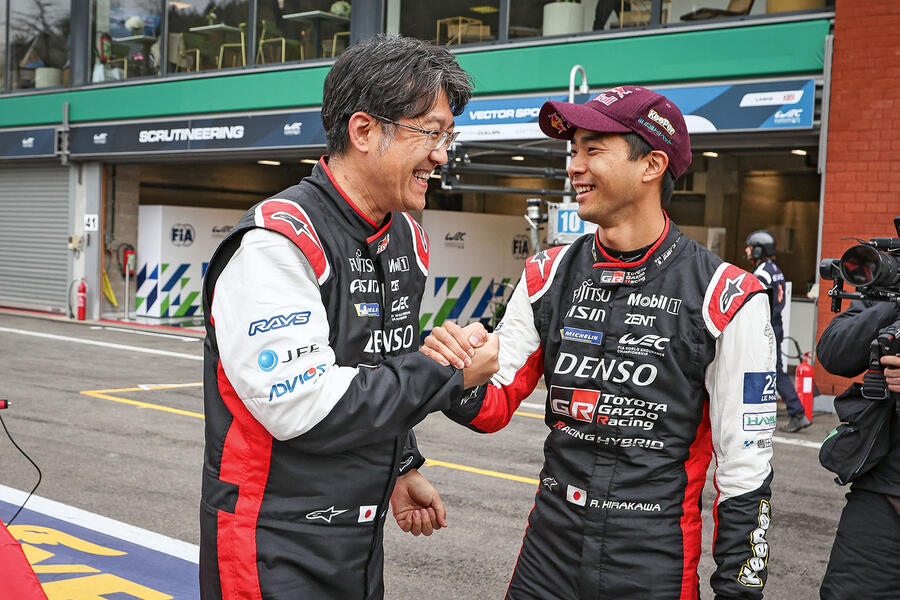
As such, he arrives just minutes before the end of a complex, wet-and-dry race that has ended with the best possible result. “From what I saw, it was easy, right?” he quips when addressing the team in the motorhome afterwards, his outwardly easygoing manner and decent English coming to the fore. Insiders confirm that, as with Toyoda before him, he’s quick-witted and friendly, with a steely firm-but-fair streak that runs beneath the surface. As a leader, those close to him say, he’s everything you would hope for.
Some of that undoubted assurance comes from the job rather than the man. The deference among senior management is palpable when Sato first shows up, a sea of people parting as he makes his way through the crowds and then hanging back, uncertain whether to dive in or stay on parade. Burly bodyguards hover in the background. For a moment, everyone is frozen.
Then Sato steps forward and joins the fun, the signal to allow a growing crowd of celebratory drivers and team members to take centre stage and cut through the hierarchy. They’re all running on adrenaline.
Sato, still wearing his mandatory pit lane overalls and sipping – briefly, prior to it being replaced by a Coke Zero – a celebratory Jupiler beer (5.2%) is beaming as well he might be, given the euphoria around him. “Your newest team member has won every race he has attended,” he jokes as he addresses the waiting throng.
Celebrations in full swing, it’s time to step out and talk. As the party flows, we engage in Sato’s first interview in Europe since taking the top job – and even that ready smile can’t disguise the challenges ahead.
On an industry level, how to tackle electrification (Toyota sold 26,000 BEVs last year, Tesla 1.2 million) while maintaining a technology-neutral approach to reducing CO2 emissions (hydrogen and more included).
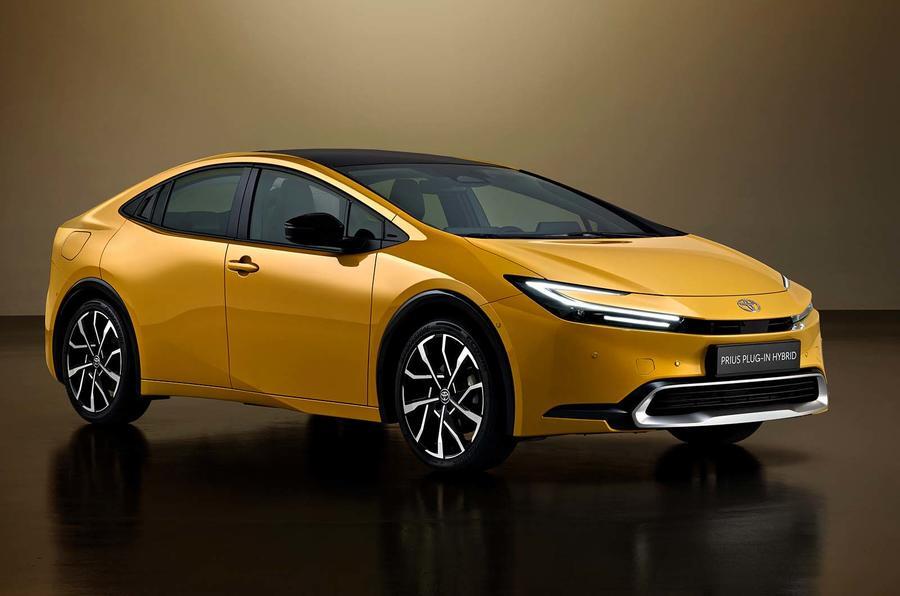
It’s a stance made possible by Toyota’s hybrid leadership but is so at odds with the rest of the industry’s focus on BEVs that it risks the brand being irretrievably tarred as a laggard. Then on a personal level, there’s also the small matter of succeeding Toyoda, a larger-than-life character who led the company out of what was, in his own words, “crisis after crisis”, from unintended acceleration allegations to earthquakes and financial losses, plus a global pandemic.
Not that he’s going to say anything else, but on the latter point, Sato is clear that having Toyoda hovering in the managerial role of chairman to his team captain is a positive.
“As you know, I am an engineer,” he says. “For years, I’ve focused on making cars, and I will continue to focus on that as president. Akio’s main fun is driving the cars; mine is engineering them. That should make a good partnership. I’m like the chef cooking the dish and Akio is the diner who loves to eat it.”
That was a charming response, but as we move to tough subjects, Sato’s intensity sharpens. His summary of the tricky path that Toyota must navigate is compelling, and given the company’s footprint, more global and nuanced than you will hear from other industry leaders.
The goal, he says, is to reduce CO2 by whatever means possible – hybrids and plug-in hybrids today and BEVs certainly (the goal is to have 10 on sale by 2026 and sell 3.5 million a year by 2030), but hydrogen too, via fuel cell or combustion and more.
Nothing, reasons Sato, should be off the table if it contributes most meaningfully to that core climate goal, and he stresses that this can only be done if legislators ensure that clean mobility is within the reach of every section of society.
“This means the timing for the measures might be different from region to region,” he explains. “We don’t want to leave anyone behind globally. There isn’t one answer but many.”
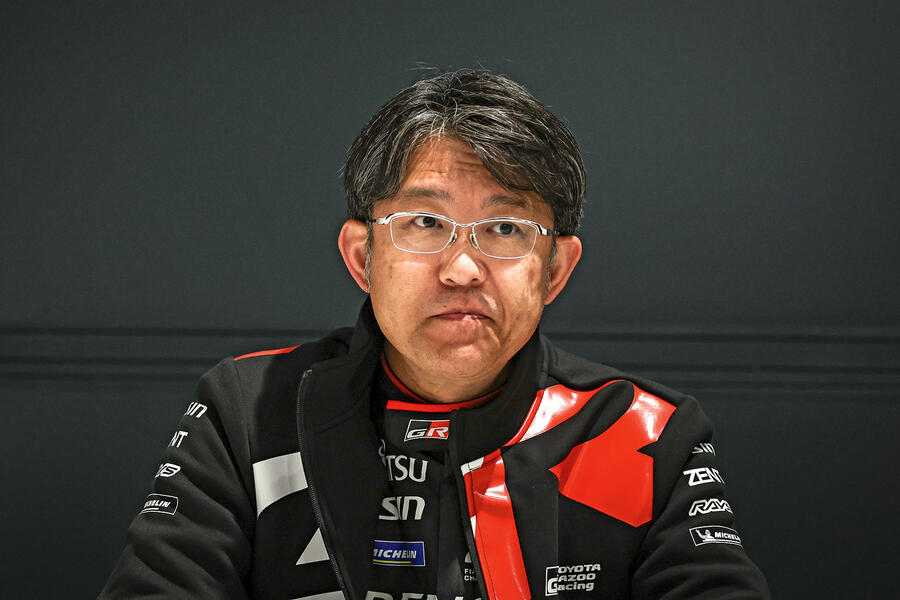
That being so, I ask if he feels that the nations moving faster towards BEVs – Norway and the Netherlands, maybe the UK and Germany – have been poorly served by Toyota and Lexus to date. “It might be true,” he acknowledges. Bear in mind his deference to his predecessor and company loyalty, plus the fact that between 2000 and 2019, Toyota reduced its CO2 output by 30% by developing hybrid solutions, and his answer is probably as tacit an admission as you’re going to get of any error on its part.
There’s a defence, too, although the fact that Toyota’s first series-production BEV, the Toyota bZ4X, is known for its so-so range and for having been withdrawn from sale because its wheels could have fallen off needs highlighting for balance.
“It might be true that our variety of products isn’t as much as some other companies’, and I understand why there might be some criticism about that,” says Sato. “But if there is criticism, I want to stress that we won’t launch just any BEV. Toyota must create cars that have added value. It’s not just about numbers – how many models we have on the market – but how good they are, for customers and the environment.”
Evidently, Toyota’s contrary but common-sense (if not headline-grabbing) stance on using Earth’s limited resources to reduce emissions as much as possible in the shorter term – essentially an argument based on hybridising as many cars as possible, so that batteries will be used to their potential every time a car runs, rather than fitting them into a few select BEVs, where they will only be used to partial degrees – will remain undimmed under Sato’s reign.
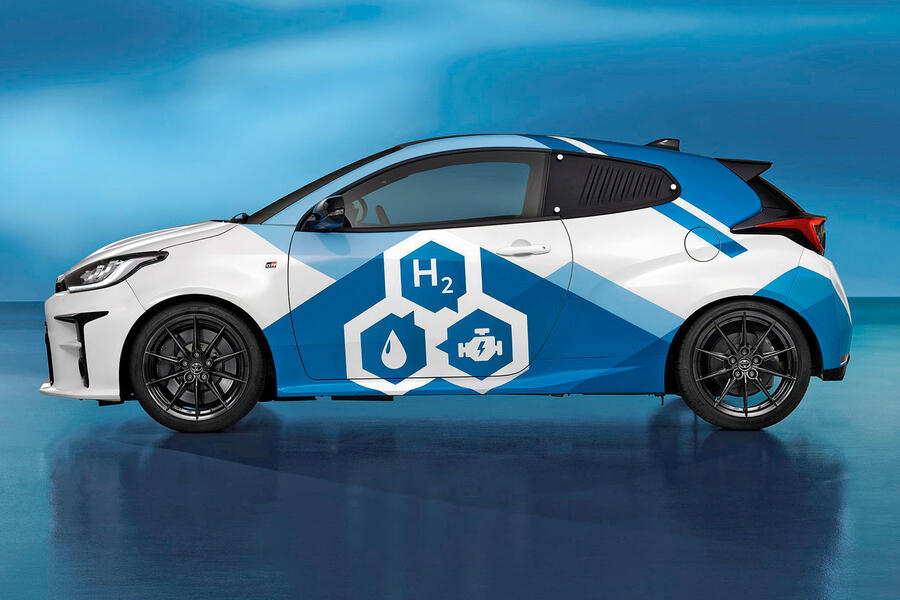
So too will Toyota’s view that hydrogen has a future, although the narrative feels like it’s shifting from using it in a fuel cell to burning it, at least in cars.
“Europe and China have hydrogen,” says Sato. “I think it’s important to find a way to use it in an efficient way, not least to improve energy security. As Toyota, we would like to put emphasis also on that development. Akio has been demonstrating a hydrogen [combustion] rally car [a Toyota GR Yaris, in which he did last year’s Ypres Rally]. When the head of the company is actively demonstrating this future technology development and showing that we’re seeking [solutions] to the technical challenges, you can see our enthusiasm.”
Regarding other new technologies, Sato shows different but instructive levels of enthusiasm. Solid-state batteries get a cautious analysis, despite Toyota’s supposed leadership in their development: “The durability is still a huge challenge. But if we get through this point, the energy efficiency will be really fantastic. We’re on that – but we still need some time.”
Likewise synthetic e-fuels for ICE cars: “The energy required to create them means they aren’t efficient enough at the moment. We need further technological development. Only if we’re able to achieve that does it become a realistic option.”
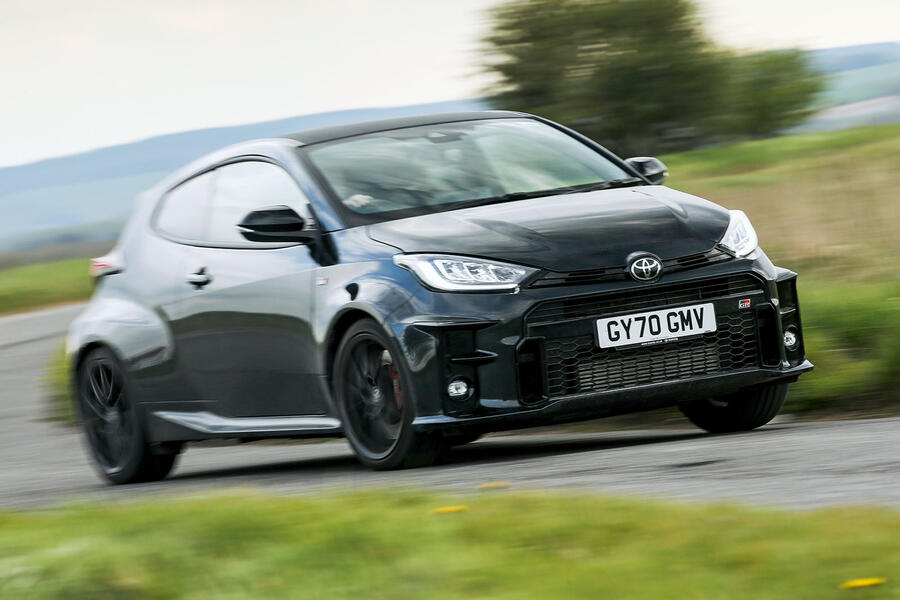
Sato’s eyes really light up, though, when we get onto the subject of micro-mobility. “To keep mobility at the heart of society, I think we need to provide more diverse solutions,” he says, presumably referencing innovations regarding electric scooters, drones and more, many of which might not have even been conceived yet.
“We shouldn’t just focus on one form of mobility – the car – but rather on what society needs and what the role of mobility is within society. It’s one reason we created Woven City [a living research project into new technologies in Japan]. I don’t have the details, but there are many shapes and forms of mobility.”
Our time is running out: with jet lag kicking in as night falls in Belgium and the prospect of a full review of European operations next week, Sato’s handlers move to wrap things up. It’s a daft question, perhaps, but with so much at stake and him being so new to the top job, I ask if he has any fear of failure, especially as the judgement of a car company is now delivered on a range of aspects so much more complex than trying to sell as many cars as profitably as possible.
He pauses for due consideration, then comes out fighting: “Failure occurs when you challenge things. There should be nothing embarrassing about breaking boundaries, even if that ends in failure."
"As an engineer, you’re always trying to tackle problems, to achieve what isn’t currently possible. It’s fun to tackle challenges, and failure is part of the journey. Failure eliminates a wrong option, so it’s an answer itself. The world is changing every day, and the most important part is that we keep adapting to the changes by challenging ourselves.”

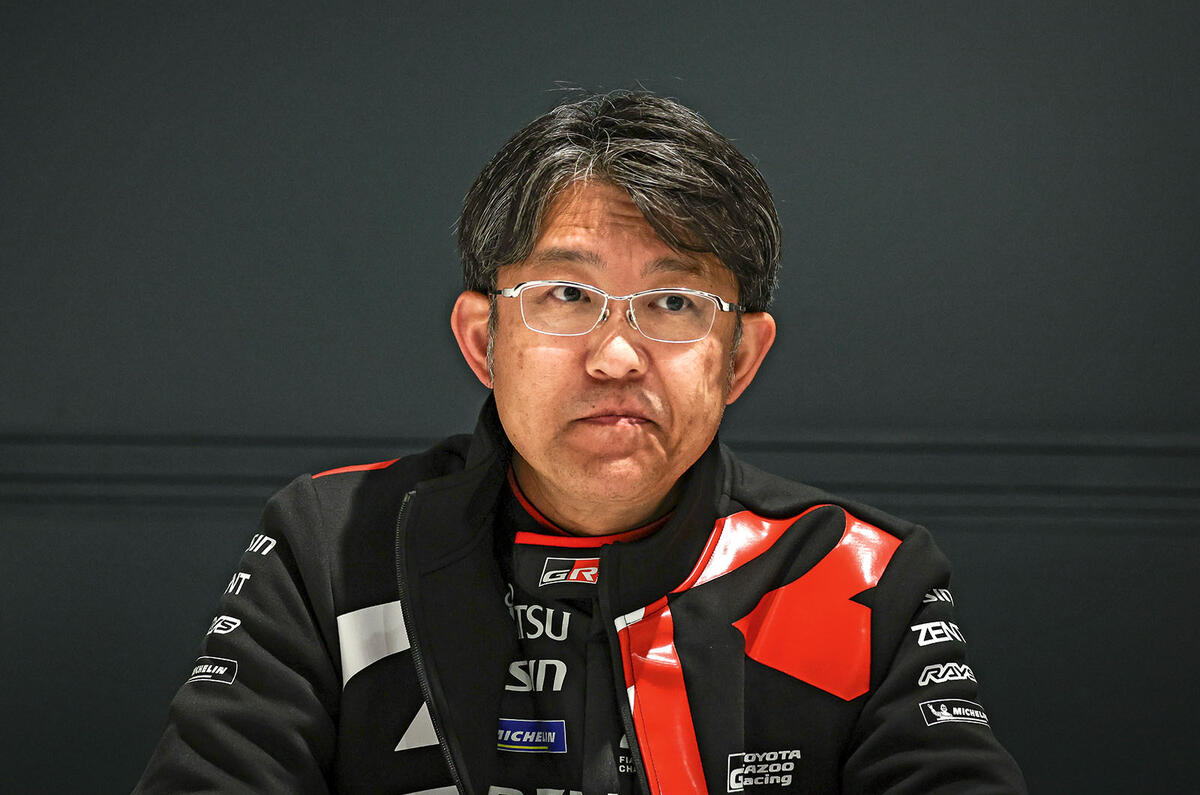
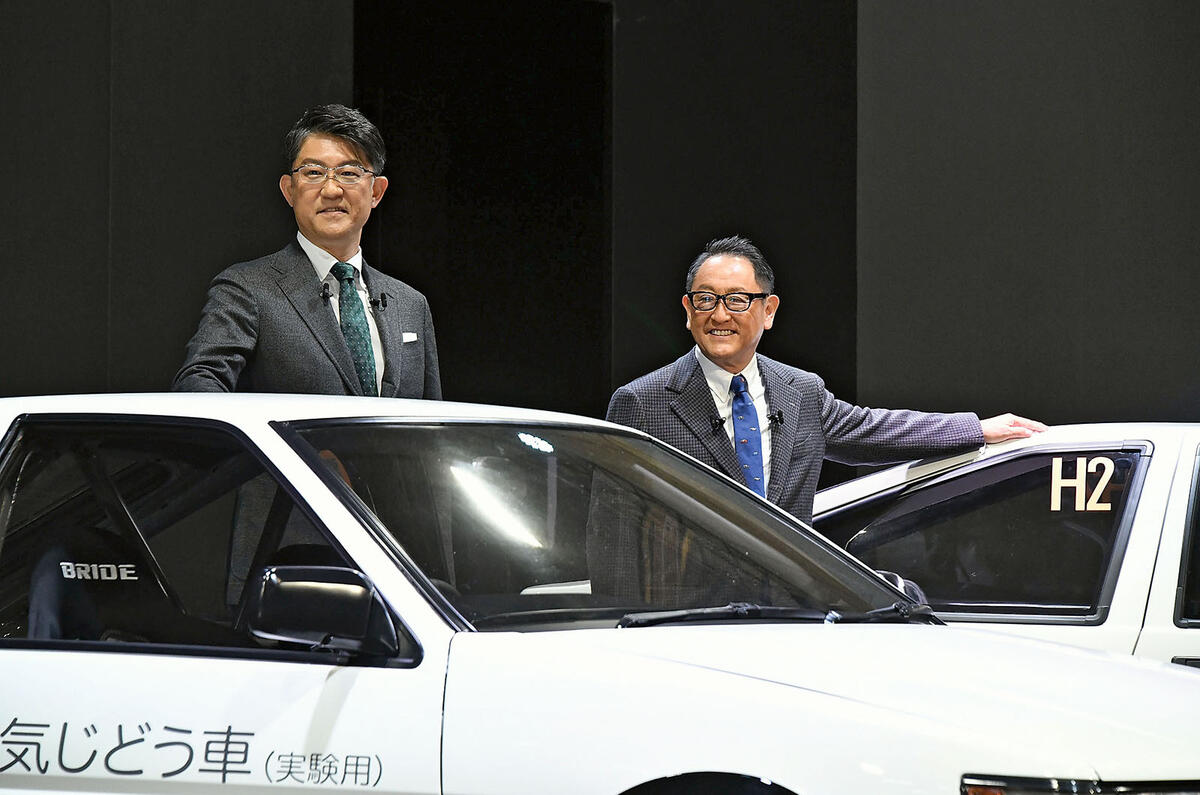
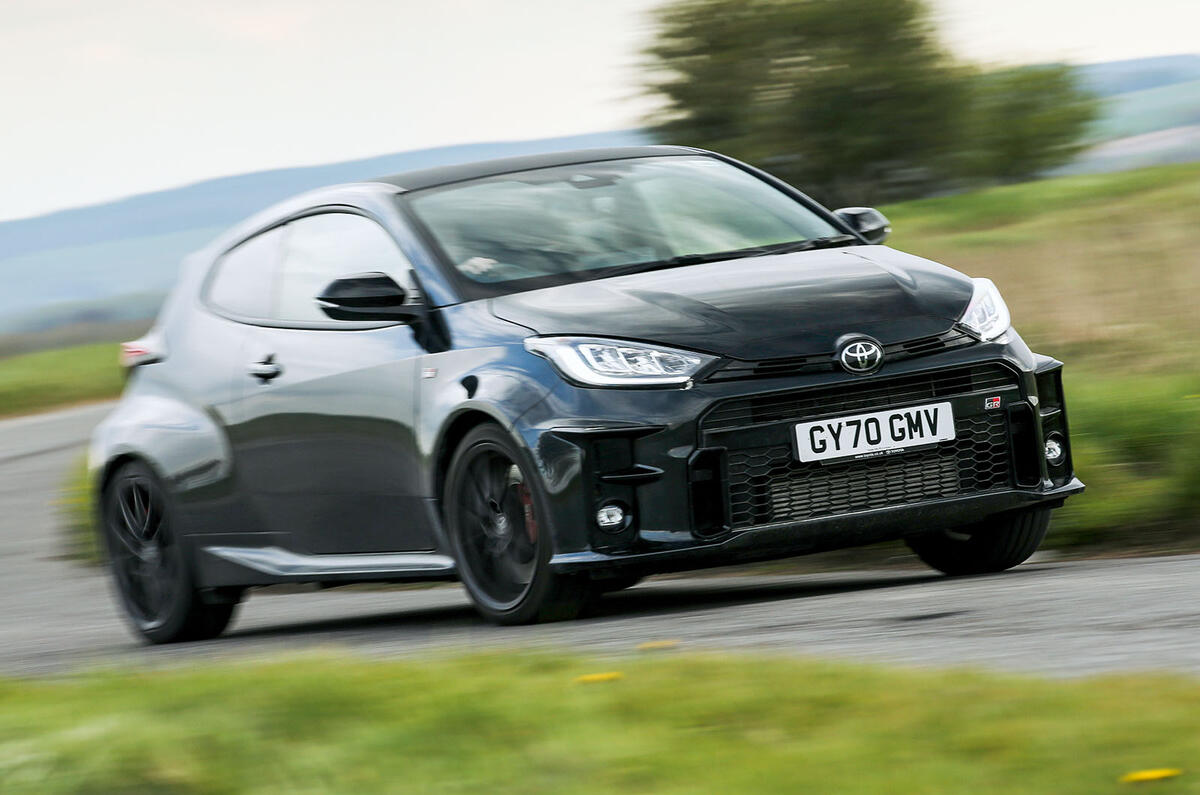
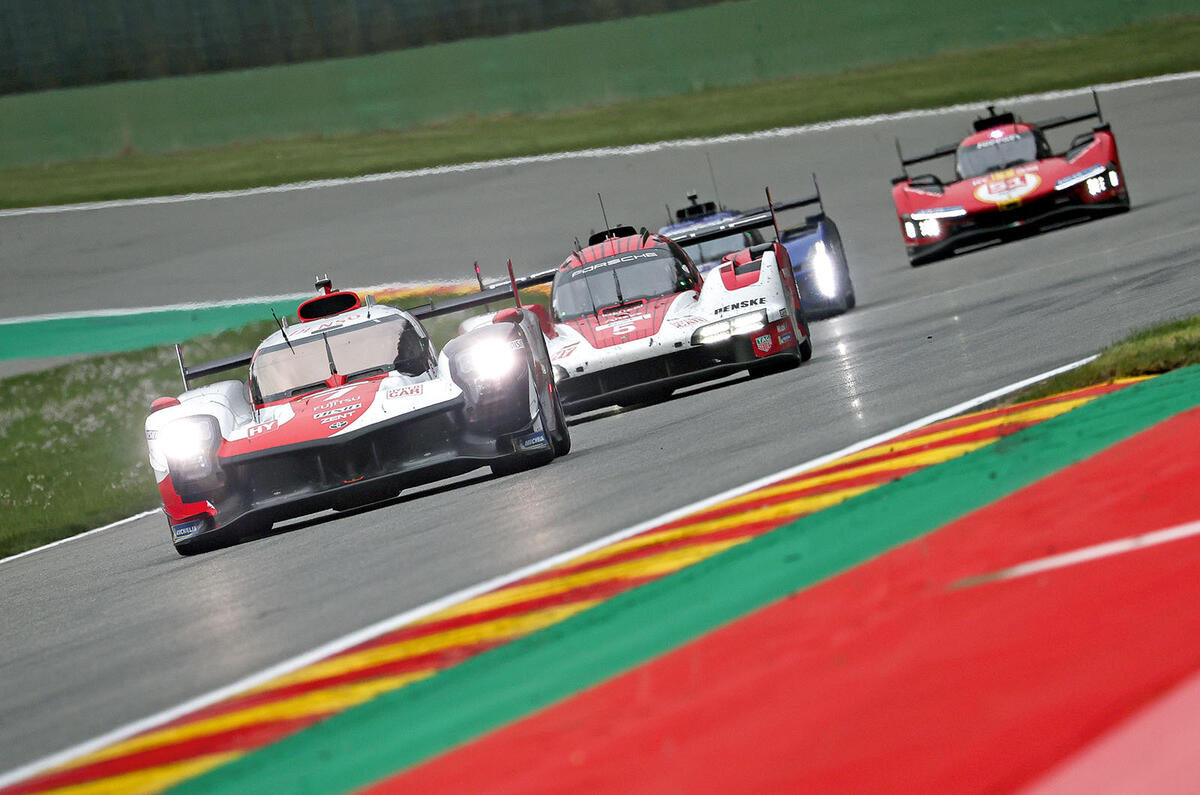

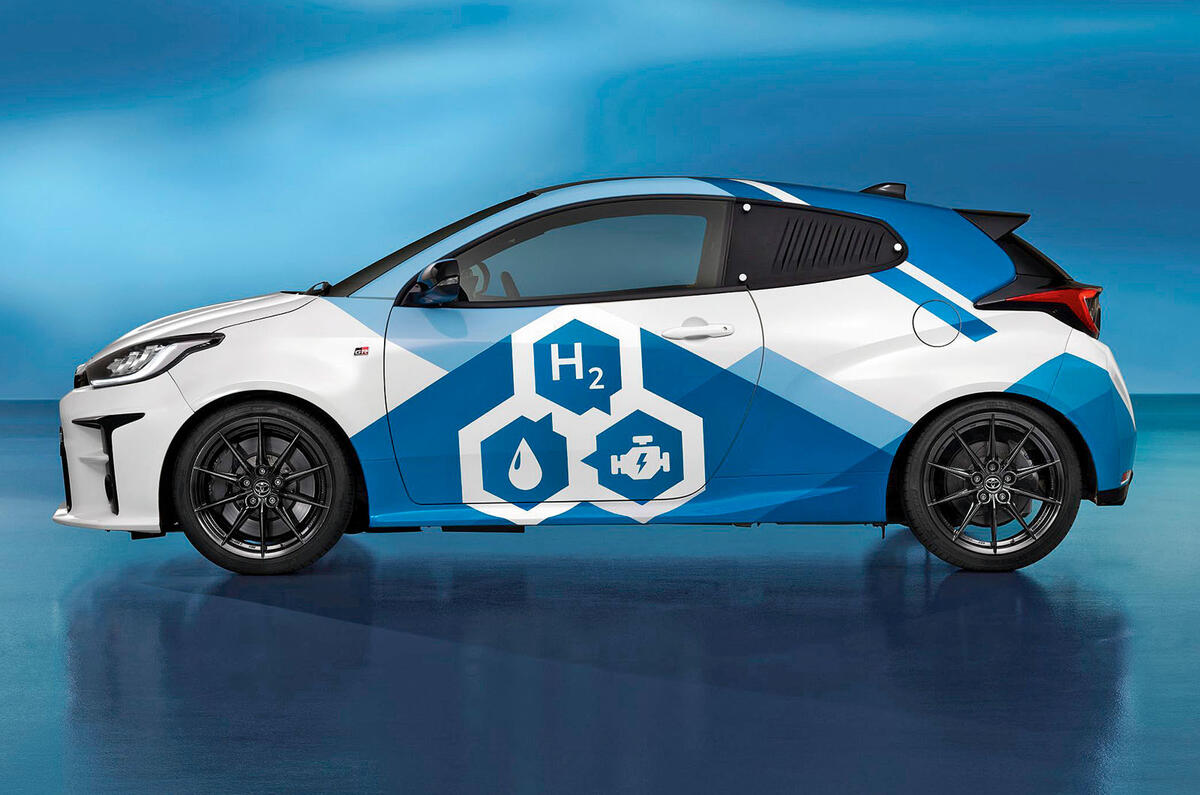



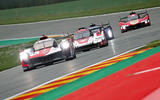

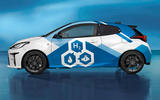


Join the debate
Add your comment
Only really 2 decent sporting cars on their website I'd be interested in, GR Yaris and GR86, but both unavailable and will only ever be limited supply. So much for his interest in car sport, more dull small engined hybrids manufacturer, yawn.
There's no if about, and the same rules apply to everyone. Who said anything about supercars.
Good to read about a car company being led by such an intelligent enthusiastic and honest engineer rather than a marketing or finance person. I think Toyota is in safe hands and we can look forward to many more exciting and innovative products.